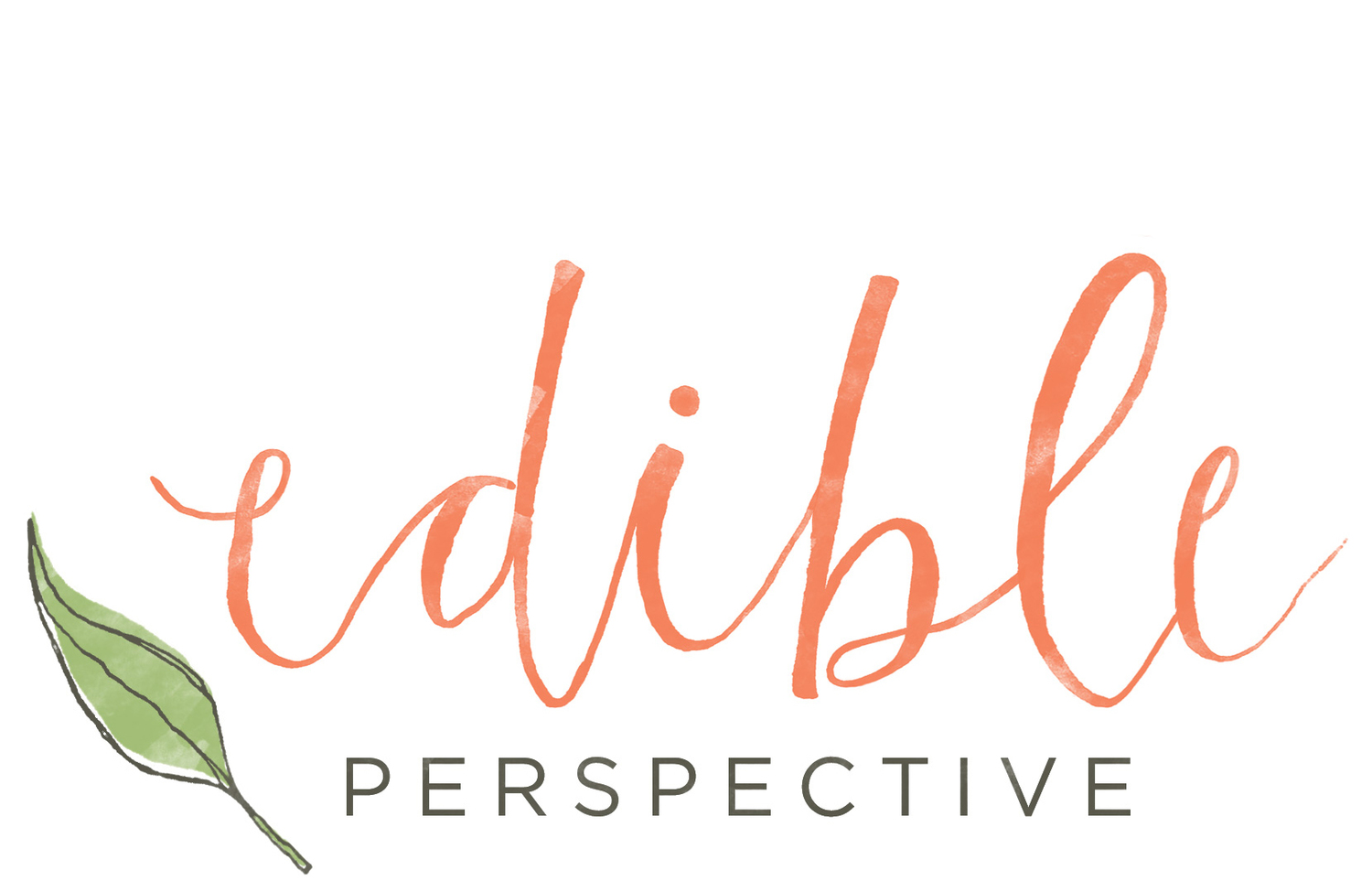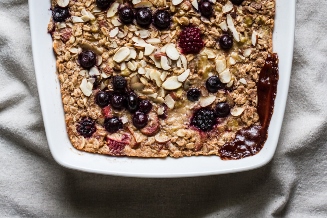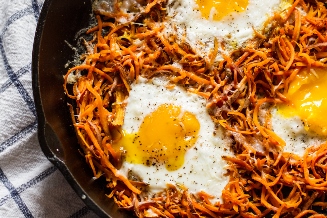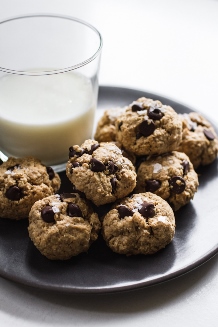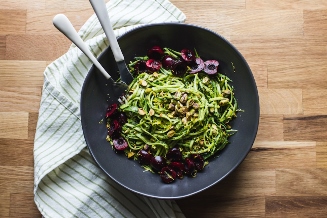Food Photography Tip of the Week |15|
/Food Photography Tip of the Week |15|
What’s the difference between RAW and Jpeg image files?
I feel like this question pops up frequently. Most people who have been photographing with with a dSLR camera even for just a short amount of time have at least heard of RAW and Jpeg images. They’ve probably also heard many people say to always shoot in RAW.
Let’s do a little learning first to get you up to speed with what these file types actually mean.
jpeg - A file format that compresses + saves the image data into one layer, as soon as the photo is taken. It undergoes automatic sharpening + contrast adjustments in camera and then flattens the file. You can still edit jpeg images but not to as subtle of a degree as RAW images. The editing has been done for you in camera.
RAW - Not technically an image yet, this is the data that has been collected by your camera after snapping the photo. The data is collected in a series of layers that can be manipulated to a higher degree during post processing because the image has not been flattened. You will need to at the minimum increase sharpness and contrast during the editing process.
Keep in mind:
*RAW files are 2-3x larger than jpeg files so it takes much more space to store them on memory cards and your computer.
*Also note that RAW files need special software to read the photos, edit them, and then export them as jpegs, tifs, etc. Make sure you have the ability to read RAW photos or you won’t be able to open them on your computer.
*Raw images are completely untreated. You will have to edit them to some degree before exporting to use them in a blog, for print, etc.
*If you want more freedom to edit fine details like contrast, shadows, sharpness, noise, color temperature, etc. then shooting in RAW is probably for you. However, you can still manipulate these things with jpeg files but the image will lose quality with each edit you make.
*If you are shooting hundreds/thousands of photos and are not looking to edit them, or you want to share them very quickly shooting in JPEG may be for you.
*While you’re not actually manipulating each layer in the RAW editing process and you don’t visibly see the layers they are there. It’s basically uncompressed photo data that allows you much more leeway in editing.
*I typically increase sharpness to around 50 and saturation to 5 in Lightroom. [This varies once in awhile.]
Let’s relate this to food: Think of the image as a recipe and the layers as ingredients. You can manipulate the ingredients while you’re cooking but once your food comes out of the oven there’s not much you can do to change it. Maybe add a little salt and pepper but it’s pretty much a done deal, just like with jpeg images. When you edit a RAW image it’s like when you’re experimenting with ingredients in a soup recipe to get it just right.
While this topic seems black and white everyone seems to have different opinions and advice on which format to shoot in. I recommend reading a few articles by Googling “raw vs. jpeg” if you want to learn more.
Hope this cleared up some confusion, though!
Ashley
